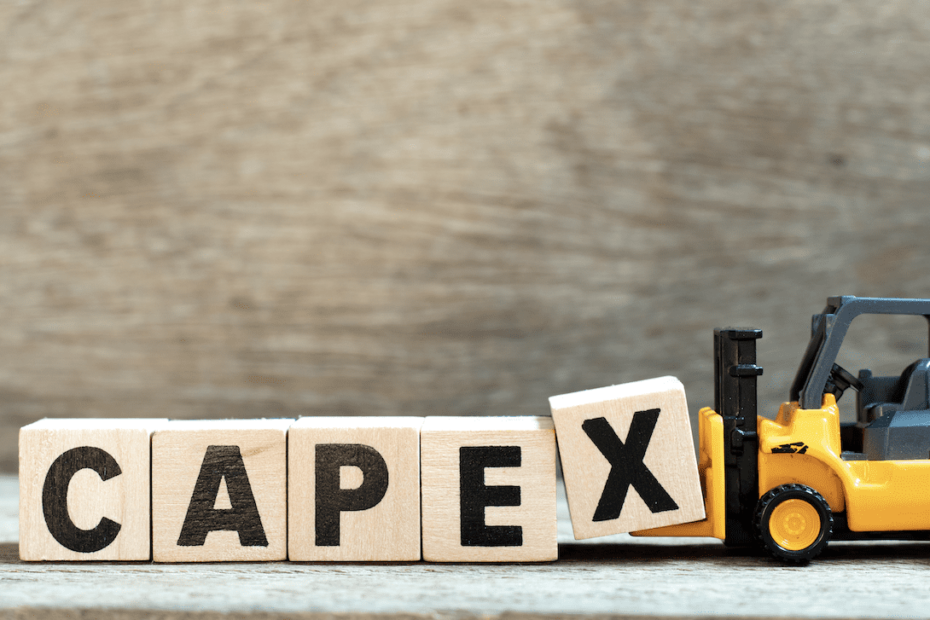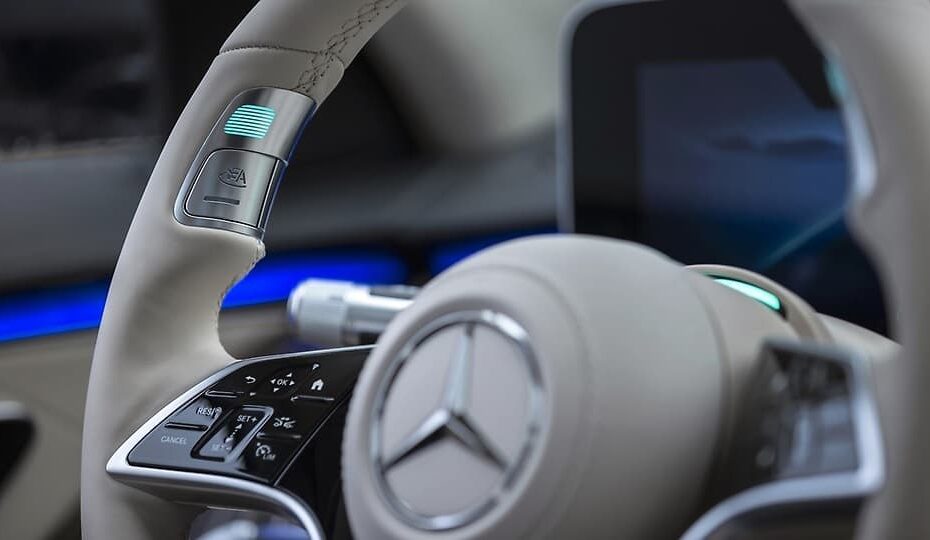China’s ‘Common Prosperity’ Campaign Backfires
What’s at stake?
China’s Communist Party launched a wealth-redistribution campaign last year, cracking down on overseas security listings ostensibly in the name of data security. It hasn’t worked, and Chinese financial regulators appear to be in tactical retreat.
President Xi Jinping effectively erased more than one-third of Chinese technology companies’ market capitalization after launching a crackdown on U.S. stock market listings, according to a U.S. economic security assessment.
Read More »China’s ‘Common Prosperity’ Campaign Backfires









